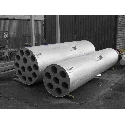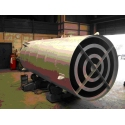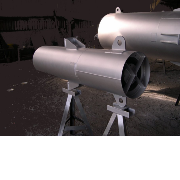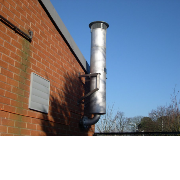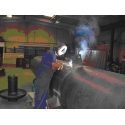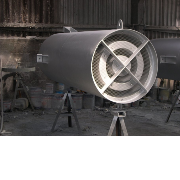Are sound attenuators and elbows interchangeable?
3 October 2023A lot can go wrong because of excessive noise levels. It can harm people and the environment, cause distractions and injuries, and can even damage equipment. Industrial environments in particular can be terrible for how noisy they are. What you may need is to install the right products to combat the sound. We’re a business that helps clients to do this. We do so by offering attenuator and silencer merchandise in a myriad of forms.
There is one common belief about a having collection of elbows close to an air handling unit. It is that they can gain the same insertion loss as a manufactured duct sound attenuator. One true detail is that elbows aren’t as expensive as their counterparts. But, we have to wonder what acoustical performance people can actually obtain with this ‘cost efficient’ substitute. That is what we are going to talk about here.
Comparison
Let’s compare these two designs. For any variety of elbow, the width has to equal or surpass 30 inches. This is the only way for you to get any insertion loss at 63 Hz. A 30 inch wide elbow only supplies a mere 1 dB of insertion loss at 125 Hz. Usually, these two frequencies are of concern when lowering sounds from AHUs.
At 63 Hz, an elbow needs to be 60 inches wide at minimum for it to break into the IL domain of sound attenuators at 4 dB. The width dimension here is a minimum of 30 inches for 125 Hz. To gain this quantity of IL at 125 Hz, your elbow needs to be 60 inches wide at least.
As for sound attenuators, they usually have 4-10 dB of IL at 63 Hz. At 125 Hz, it is 8-20 dB. Certain designs come with considerably higher IL than this.
For smaller elbows, it can clearly be seen that the IL equivalence between sound attenuators and elbows is troublesome or impossible to obtain. With bigger duct sizes, you’d need to carefully design the system to gain equivalent low frequency IL.
For greater frequencies, sound attenuators tend to offer 20-40 dB of IL in the mid frequency bands. With the highest tested frequencies, it is 10-15 dB. Let’s say this is where you need IL. A sound attenuator will surpass a series of elbows.
Other key things to remember
Furthermore, to stop aerodynamically induced sounds, airflow velocity has to be slow enough. Also, you need to space the elbows far enough apart. You need extra sheet metal in both scenarios. This increases the price of the ‘cost effective’ elbow configuration.
Moreover, attenuators will accomplish the IL in a far shorter distance. This is an attractive feature for HVAC set ups where there are limits on space. It is the same for ones that enter acoustically sensitive locations quickly.
Having covered all this, the “costly” sound attenuator may not seem so expensive after all. The elbows may be more costly than you expect. More importantly, the extra investment can mean better results.
Speak to us if you need an attenuator
At Ventx, the solutions we supply serve multiple purposes. For one thing, they keep people safe from the negative effects of excessive noise. Second, they allow you to adhere to the established UK environmental standards. This is crucial today and can have a big impact on how people view your business.
So, if you have an industrial site that needs our solutions, please get in touch.



